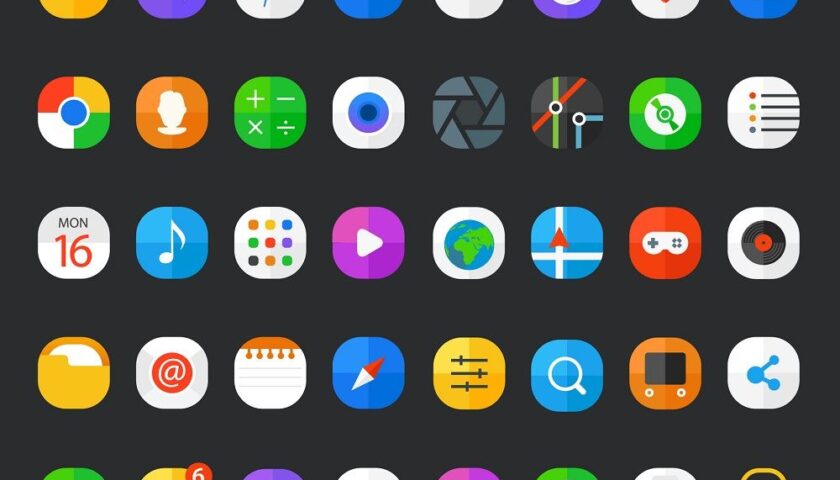Computer applications are programs that enable end-users to perform various functions on a computer system, working in harmony with its software and hardware components.
Examples of computer applications include word processors, web browsers, media players and MIDI instruments. Furthermore, computer applications can also be utilized in areas such as education, insurance, healthcare and engineering design.
System software
System software coordinates computer’s hardware and software to allow application programs to function optimally, running invisibly in the background without being noticeable to users.
System software includes the operating system, BIOS or UEFI, device drivers and utility programs that manage memory usage, processing speed and input and output devices on the system. They help application programs run properly by managing these resources properly.
Security is also an integral aspect of system software, with anti-virus and firewall programs being among its common examples. System software may also include disk defragmenting utilities or backup utilities – making them useful tools for programmers looking to create or test code used in application software programs. Ultimately, system software can either be packaged with other products or sold standalone programmes.
Programming software
Computer applications play an indispensable role in today’s digital landscape, from simplifying complex operations and automating tedious tasks, to increasing efficiency across industries and driving technological progress with user-friendly interfaces and enhanced functionality.
Computer programming software consists of programs that help developers to design, code and debug other software. Examples include source code editors, compilers and debuggers. Furthermore, this type of program is also widely used for product engineering projects or developing apps targeted to a specific platform or market.
Programming software programs is essential to the overall operation of a computer system. They ensure programs run as intended, including how they handle input and output. Furthermore, they keep an eye on resources within the system to manage them appropriately.
Graphics and design software
Graphics and design software is a tool used by artists, designers, and creative professionals to design images and other digital media. Additionally, these programs may be utilized to produce animation or 3D models.
Graphic and design software comes in many varieties, each offering their own set of features and functionality. Some require higher skill levels to operate efficiently while others are designed specifically for mobile platforms.
Lunacy is a free graphic design software developed specifically for efficiency with an easy learning curve, offering features like drag-and-drop editing and smart layout features as well as one-click photo background removal. Furthermore, team collaboration capabilities are also supported through this innovative product.
Communication software
Communication software transfers information digitally between systems. This category of computer applications includes file transfer protocols, messaging apps, and email services.
Microsoft Word and Excel programs allow users to effectively organize data via automated spreadsheets, while these programs may run locally on an individual’s PC or remotely on remote servers.
Businesses utilize communication software to relay text, audio and video messages between employees. Many programs come bundled as suites that are offered for affordable monthly fees – enabling business leaders to streamline operations without investing in expensive hardware and personnel costs.
Multimedia software
Multimedia software enables users to add text, music, images and video into computer applications. Furthermore, this type of software also enables them to edit these media elements to meet their unique needs.
Multimedia can be applied in many areas, from education and entertainment to business. Multimedia is especially helpful in teaching science and mathematics; additionally, multimedia is used to produce educational games which engage and inspire children.
Multimedia can take many forms. Examples of such include photo-editing programs that enable users to alter photographs to make them more appealing; videos edited using nonlinear editing software which allows for the removal or addition of scenes at any point; and video games, which combine animation and audio with interactivity.
Video games
Video games are interactive entertainment software which use a computer platform to produce output on a display device, typically used with consoles, PCs, handhelds or mobile phones for gameplay.
Video game development requires extensive software engineering and computer programming experience, particularly in areas like simulation, visual programming and artificial intelligence. Furthermore, advanced network programming capabilities may also be required for multiplayer video games.
Gameplay typically involves high levels of problem-solving and strategic thinking, helping develop fine motor skills and hand-eye coordination. Furthermore, video games have also been utilized to teach subjects such as history, geography, music and art.

